Google’s Top stories looks broken: Are news publishers to blame?
International publishers are overtaking local news brands in Google's Top stories, raising questions about search relevance.
News publishers have been working harder than ever to squeeze search traffic out of Google.
Just when editors start to feel confident that they’ve perfected a winning SEO formula, the game changes. From supposedly “helpful” algorithm updates to site reputation policies enforced by manual actions to the lurking threat of AI Overviews, the pressure is constant.
And now, a new challenge has landed in our laps: the unprecedented surge in competition from international publishers in Google’s Top stories carousel.
Top stories: Have the rules changed?
The dramatic shift in news brands gaining visibility in Google’s Top stories was impossible to ignore during the British General Election.
On the big day, a search for “general election updates” in London revealed that The Hindu, an Indian English-language newspaper and The Washington Post, a U.S. daily, were outranking every single British publisher – including the BBC.
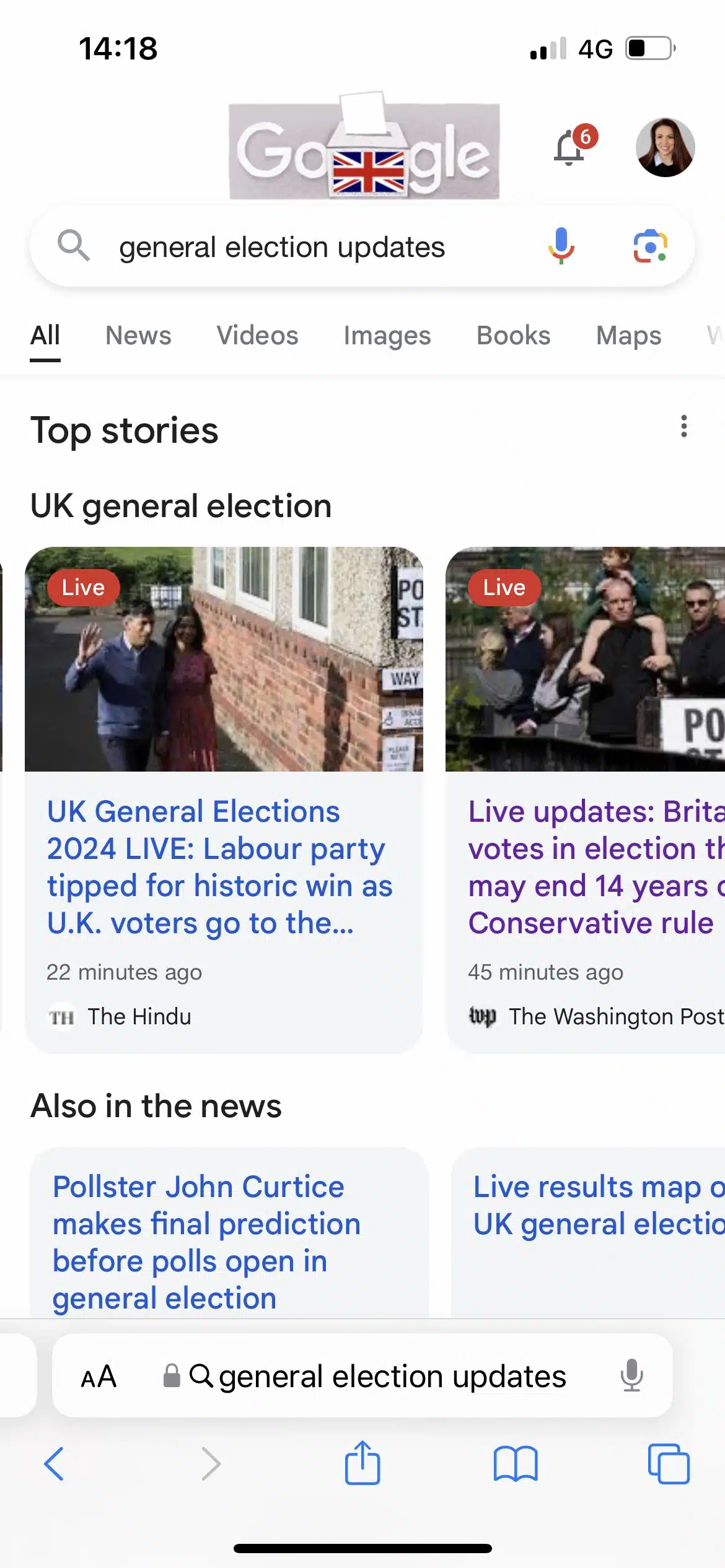
When searching for other competitive terms like “Keir Starmer,” the top search result was an article by The Times of Israel, an Israeli multi-language online newspaper.
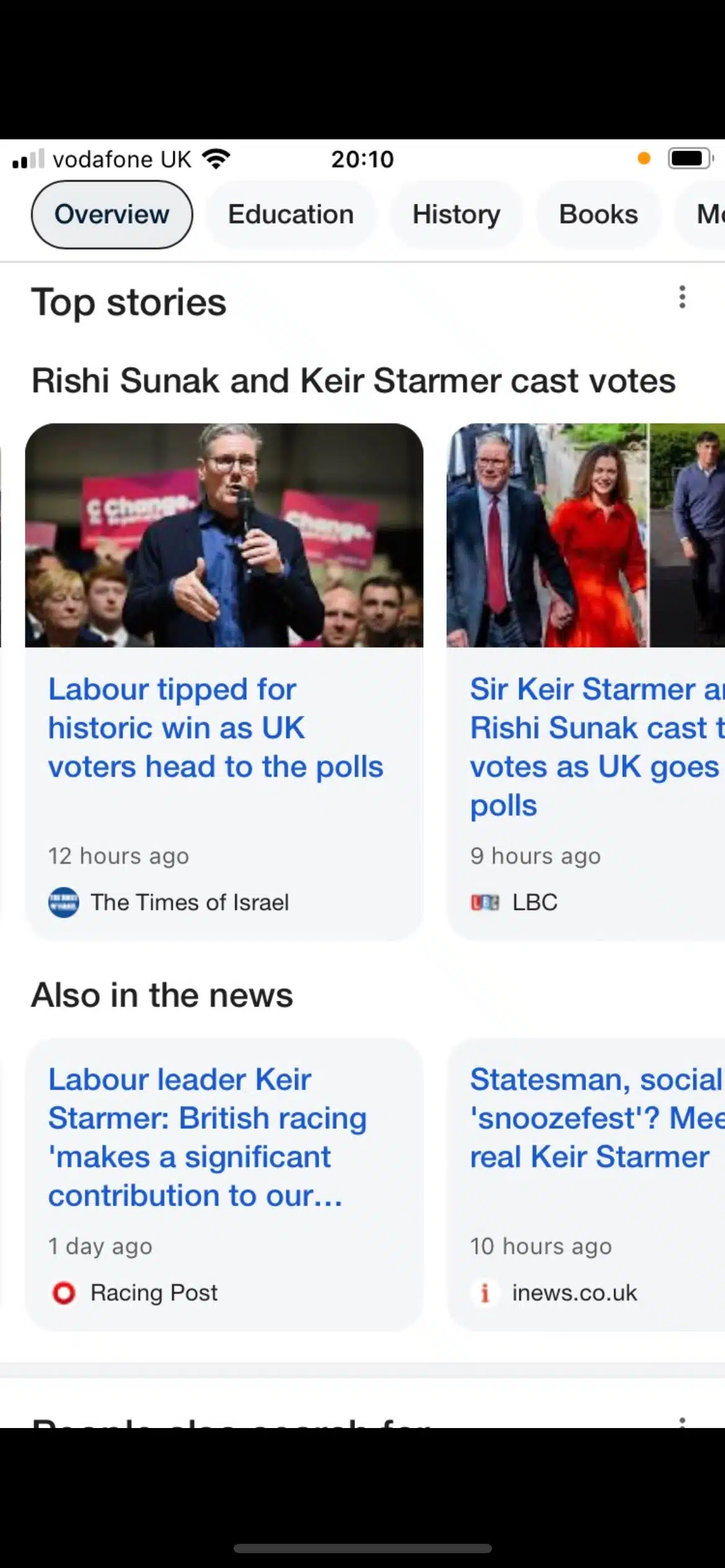
SEOs debated what might be causing this shift. Was Google trying to provide UK-based readers with a broader range of opinions with less political bias? Possibly.
However, this theory didn’t hold up when, just a few days later, a Google search for “Prince William” returned only international publishers in the Top stories carousel, including the Hindustan Times, an Indian English-language daily, People, an American weekly magazine and Mint, an Indian business and financial daily.
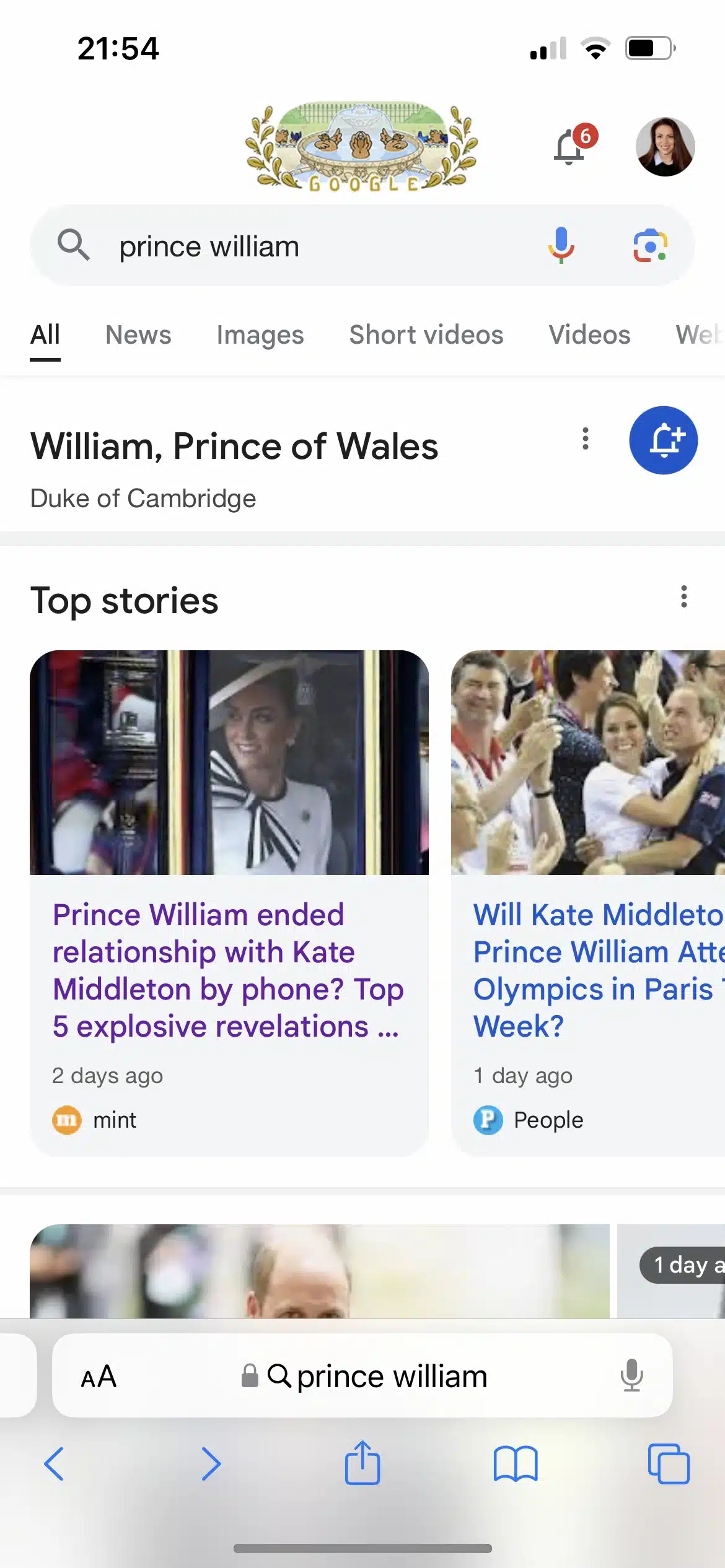
The issue took a bizarre turn a few weeks later when riots erupted across the UK in one of the biggest and most shocking news stories of the year.
This time, international publishers not only dominated the Top stories carousel but also led Local news, with NDTV, an Indian news media company and The New York Times, an American daily newspaper, ranking highest in a carousel literally labeled “near England” by Google.
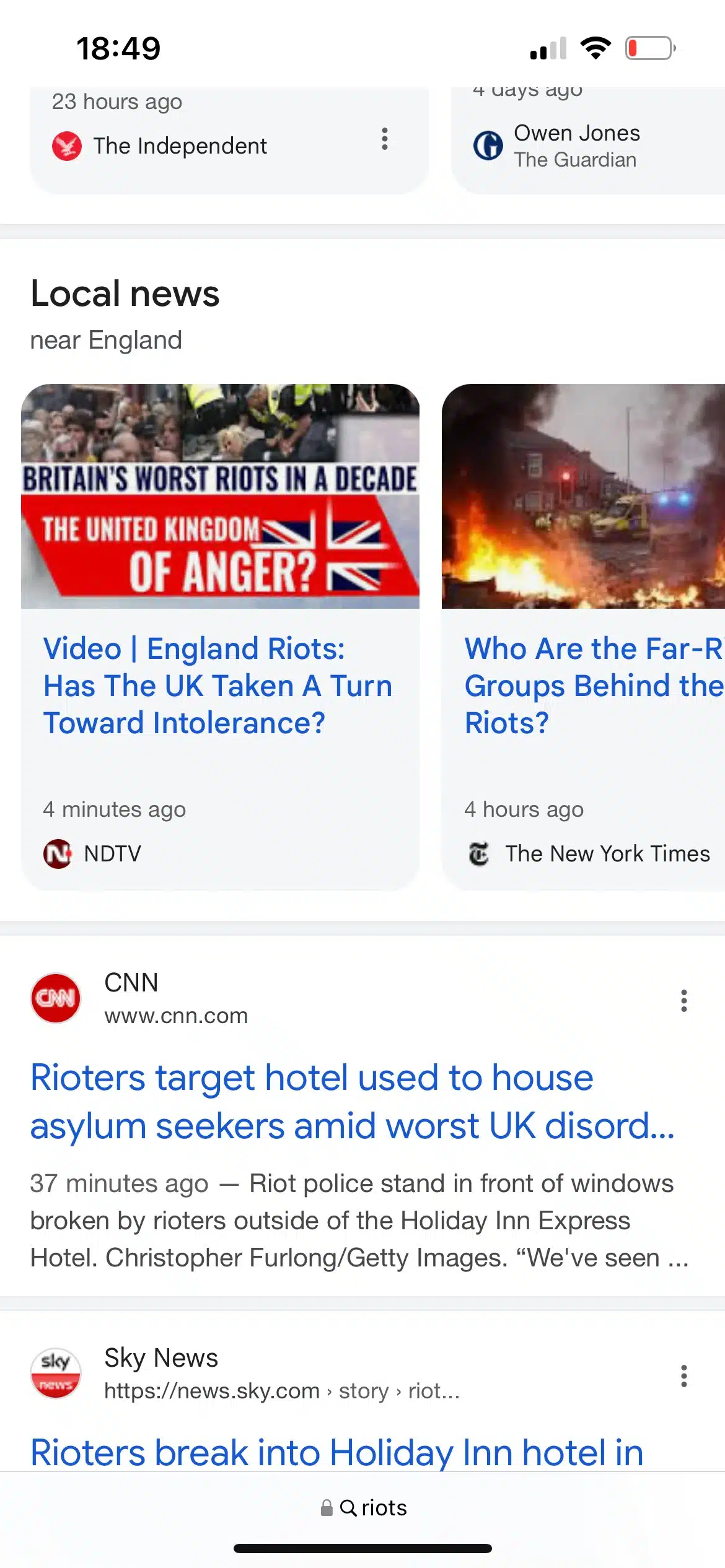
Dig deeper: How to master Google News optimization to boost content visibility and traffic
‘Publishers can’t afford for Google to get this wrong’
It turns out this issue isn’t limited to British news publishers. Lily Ray, VP of SEO strategy and research at Amsive, has been tracking similar problems in the U.S. for the past year and sharing her findings on X.
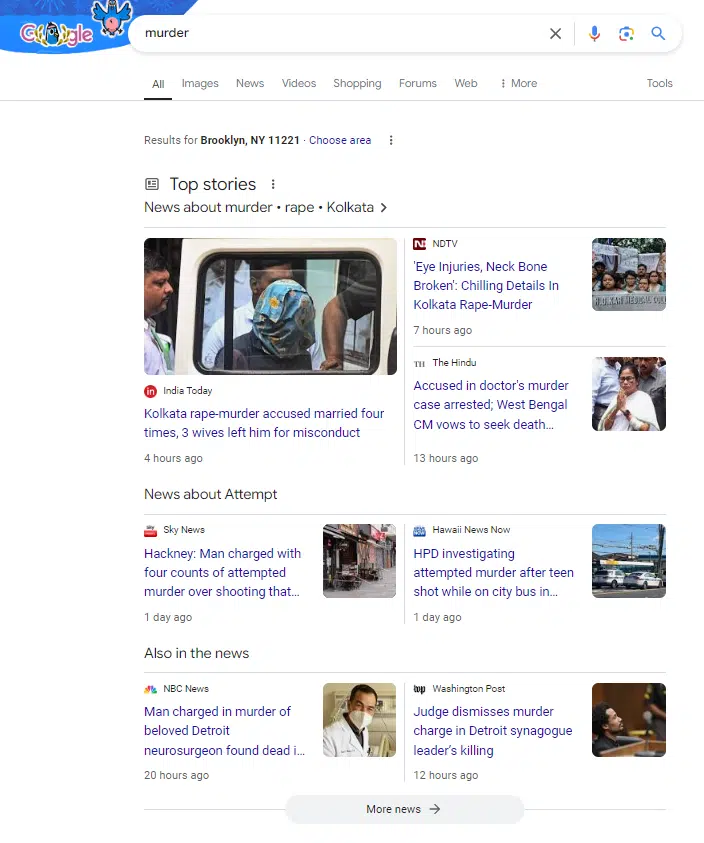
- “This problem seems to be getting worse over time,” Ray told me.
- “When I post about confusing international results, I get messages from people seeing the same thing all over the world. People in Brazil are seeing Portuguese websites. People in Mexico are seeing websites from Argentina.”
- “It’s not just an English-language site issue and the content often doesn’t make sense for local readers. I know this has been a problem for a while, but it seems to be getting worse recently.”
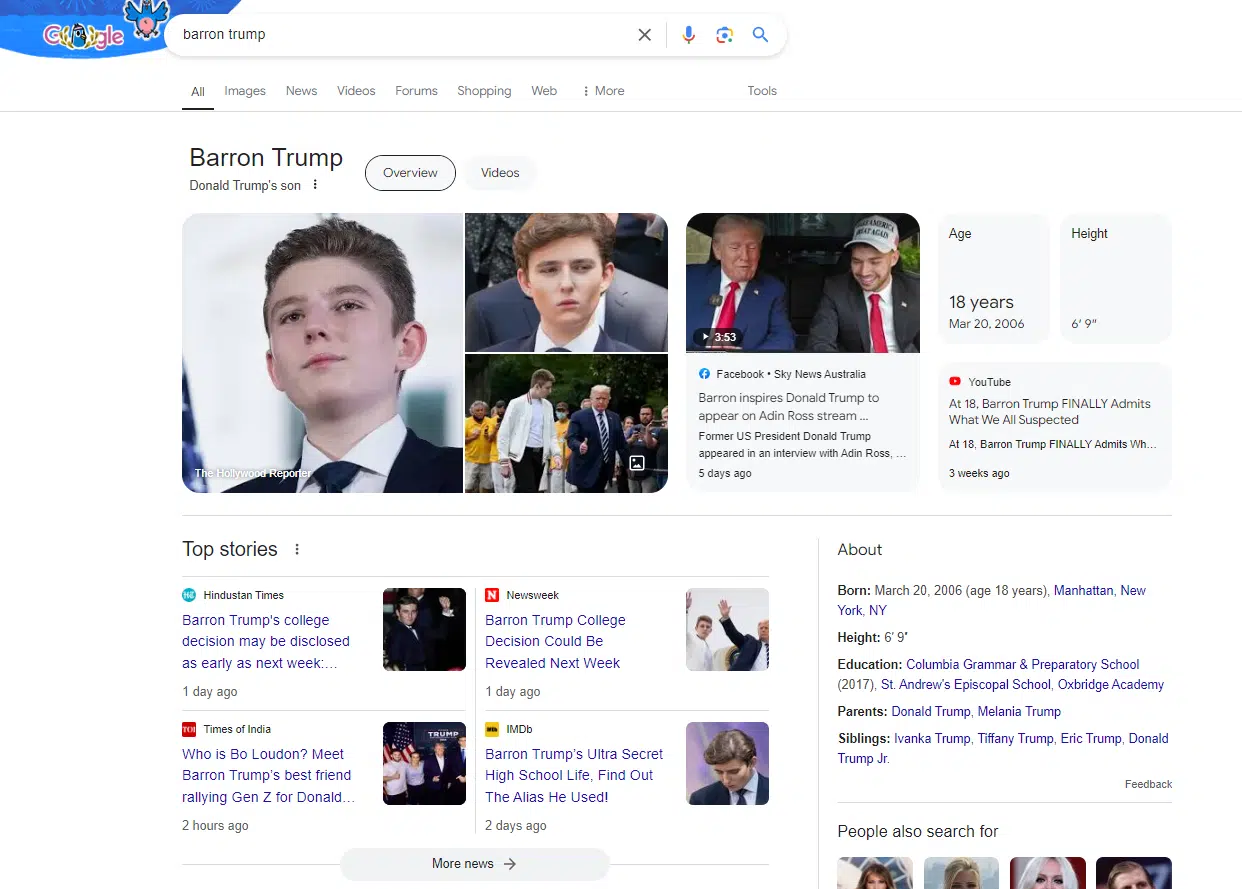
Rewarding international publishers with visibility for local news searches impacts news brands and creates a poorer user experience.
- “It’s a zero-sum game when non-U.S. news publishers get to appear in the Top stories news carousel for the British or U.S. election for searchers in those respective regions,” Ray explains.
- “You have to remember, there are only around ten or fewer slots available – and things like elections are one of the most significant events in the news calendar. Giving one or two of those slots away is devastating. Many news publishers cannot afford for Google to get this wrong.”
Bringing the data to the table
Data from NewzDash supports the theory that international publishers have seen a significant increase in visibility in the Top stories carousel, both in the U.S. and the UK.
The tool, founded by John Shehata, the former global VP of audience development at Condé Nast, calculates search visibility for SERP features like Top stories by analyzing factors such as ranking position, estimated CTR, ranking duration and the number of ranked URLs.
According to NewzDash:
- The Times of India’s visibility in the Top stories carousel in the U.S. increased fourfold since the end of November 2023. This means they are now receiving four times the traffic they previously did in Top stories for major trending news keywords.
- The Times of India doubled its visibility year-on-year in the Top stories carousel in the UK.
- The New York Times’ visibility in the UK’s Top stories carousel increased 121.74% year-on-year.
- The Washington Post and NDTV both more than doubled their visibility year-on-year in the British Top stories carousel.
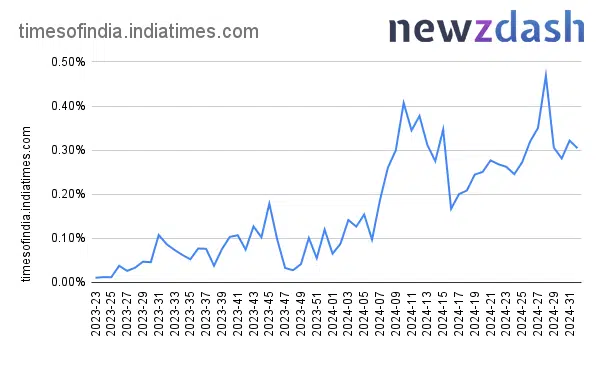
Commenting on the unprecedented surge in visibility for international publishers, combined with the myriad other challenges news publishers are currently facing, Ray tells me:
- “This has been the hardest year of my career. Normally when people ask me for advice, I say, ‘These are Google’s guidelines, this is how Google works and if you do a better job of following these guidelines, you’re more likely to succeed.’ But for the last eight months, I haven’t been able to confidently do that.”
- “I just hope that eventually, Google figures this stuff out. They always do. We just have to understand that things are a bit broken right now.”
Google confirms the issue – however, there’s a ‘but’
Here’s the good news: Google tells me there is an issue on their end that they are addressing. A spokesperson wrote in a statement:
- “We are aware of an issue that’s leading to the display of non-local news sources in the Local News block on Search for a small number of users. We’re working on an update to address it.”
The not-so-good news? The spokesperson quite clearly only addresses the issues with Local news carousels – not Top stories.
Although Google’s guidelines state that its search algorithms consider a user’s location to deliver the most relevant information, international publications that cover global topics may still get visibility in a Top stories carousel if Google’s systems deem the content original, helpful and high-quality.
Commenting on Google’s response, NewzDash founder Shehata says the increasing presence of international publishers in Top stories carousels signals a deeper problem. He explains:
- “Google’s recognition of the Local News issue is positive, but the effect on Top stories is equally troubling. When publishers are already grappling with financial challenges, each ranking lost to a non-local/national site directly impacts their revenue.”
- “While we must acknowledge the global reach of news consumption, local context and relevance must remain a top priority in Top stories ranking algorithms.”
- “Google needs to improve its algorithms to strike a better balance, one solution is to provide international sites as a secondary Top stories carousel like what they do on Local Top stories.”
- “Another area where we see a rise in international sites is Translated Results, where Google might translate search results that are not in the same language as the search query, if available. However, this also raises questions about how effectively Google’s algorithms are weighing the relevance and authority of these translated results against local sources.”
‘Publishers can’t be hypocritical’
Although this may be a bitter pill for some media outlets to swallow, Barry Adams, award-winning SEO consultant and founder of Polemic Digital, suggests that U.S. and UK publishers may have themselves to blame.
- “Let’s face it, this setup is benefitting British and American publishers too,” he explains.
- “The Daily Mail is the tenth largest news website in the U.S. But all of a sudden, this is happening in our own backyard and it’s a problem? We need to make sure we’re not being hypocritical.”
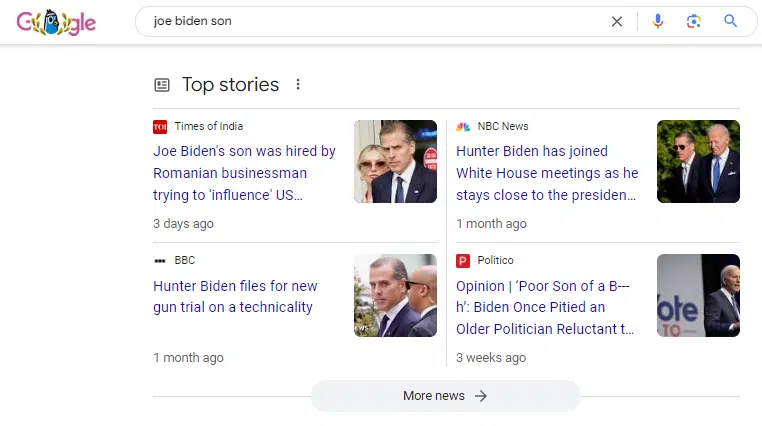
Adams points out that many U.S. and UK publishers have made a conscious decision to target international audiences by making their content less U.S. and UK-centric. In doing so, these news outlets have opened the doors for other global publishers to come into the U.S. and UK market.
- “We can blame Google a little bit because something weird is going on,” says Adams.
- “Google needs to work harder at understanding what country a website belongs to – not necessarily to limit that publisher, but to make sure that a locally focused publisher is given preference over a website from a foreign country.”
- “Publishers like The Times of India do have every right to be in our Top stories carousels. I don’t think people realize how long these brands have been around for and how much readership they have – we’re talking about a 1.3 billion reader market.”
- “Think of the sheer volume of links and citations they would have accumulated over the years. So we can’t be surprised when they appear in Top stories – but this should be some of the time and they shouldn’t be the primary news source in London for the UK General Election.”
Putting journalism first
Although Google has historically been considered a more stable traffic source for publishers, it can be as unpredictable as social.
Given this volatility, it’s not surprising that traditional web search now accounts for just 36% of publishers’ Google traffic, down from 46.5% last year, according to new research from NewzDash.
Meanwhile, the share of traffic from Google Discover jumped from 41.6% to 55.6% of publishers’ total Google traffic – a 14% increase.
With these statistics in mind, how can news publishers future-proof their companies in an increasingly competitive search environment?
- “The worst mistake a publisher can make is chasing after Google clicks,” concludes Adams. “It might work in the short-term, but in the long run, you need to build a unique news brand.”
- “The best approach for news publishers is to focus on the quality of your journalism, strengthen your brand’s identity and prioritize building a secure audience.”
Dig deeper: An SEO guide to optimizing your Google Publisher Center account
Contributing authors are invited to create content for Search Engine Land and are chosen for their expertise and contribution to the search community. Our contributors work under the oversight of the editorial staff and contributions are checked for quality and relevance to our readers. The opinions they express are their own.
Related stories